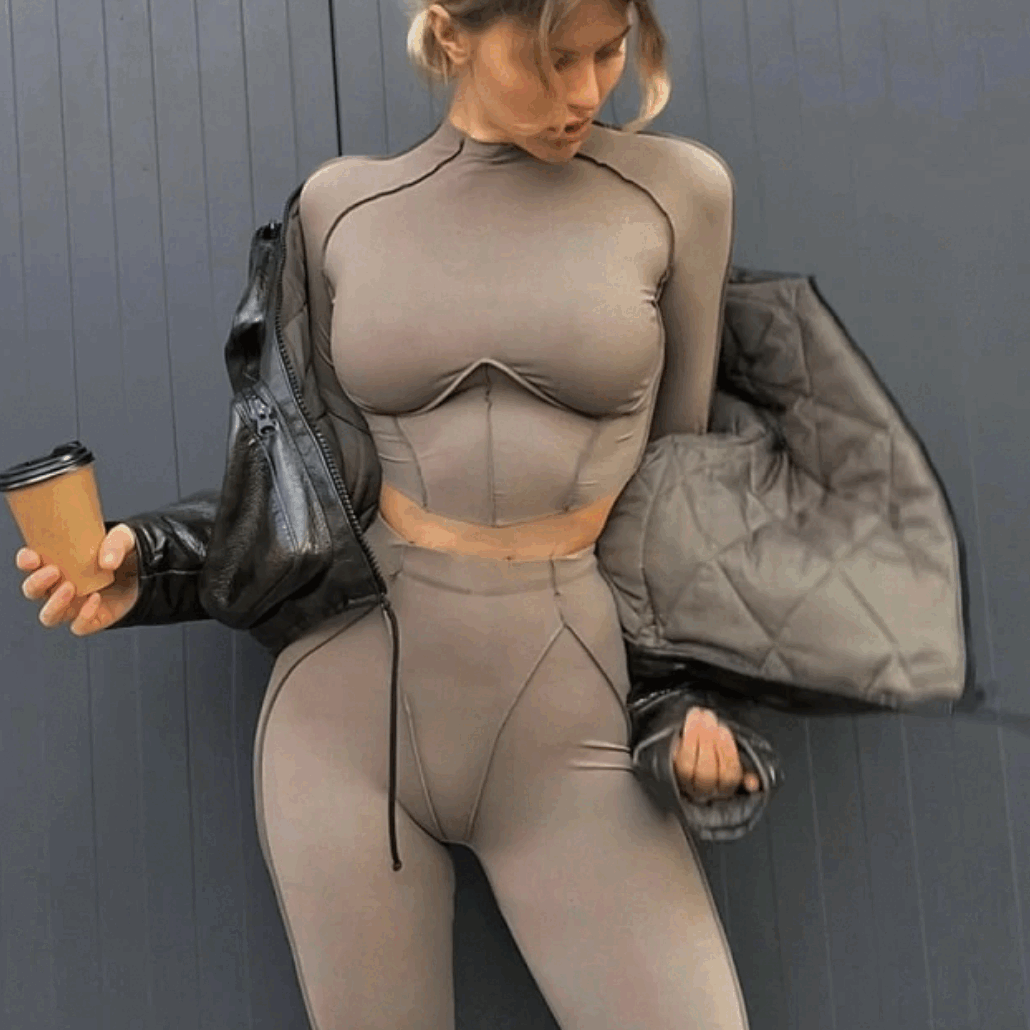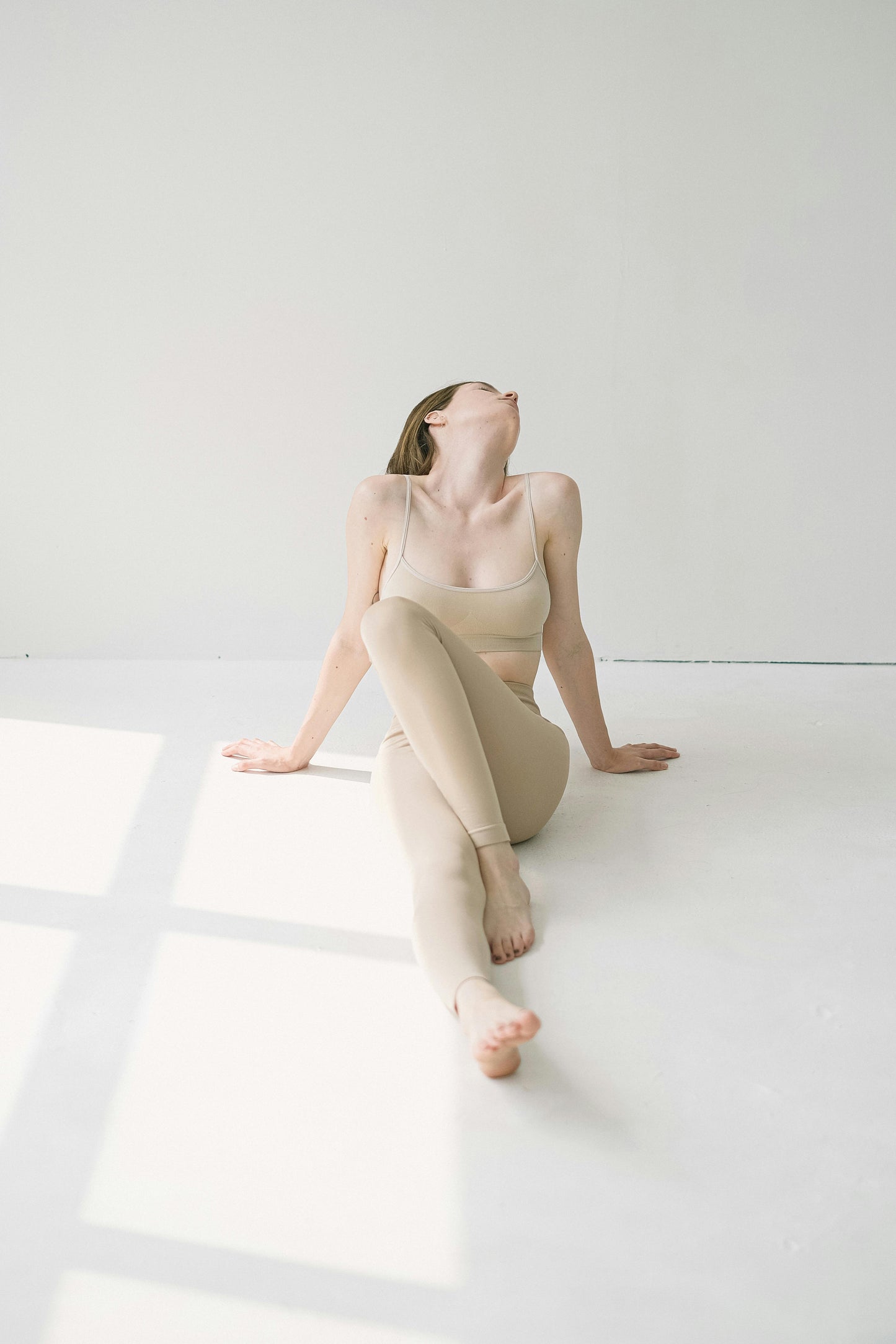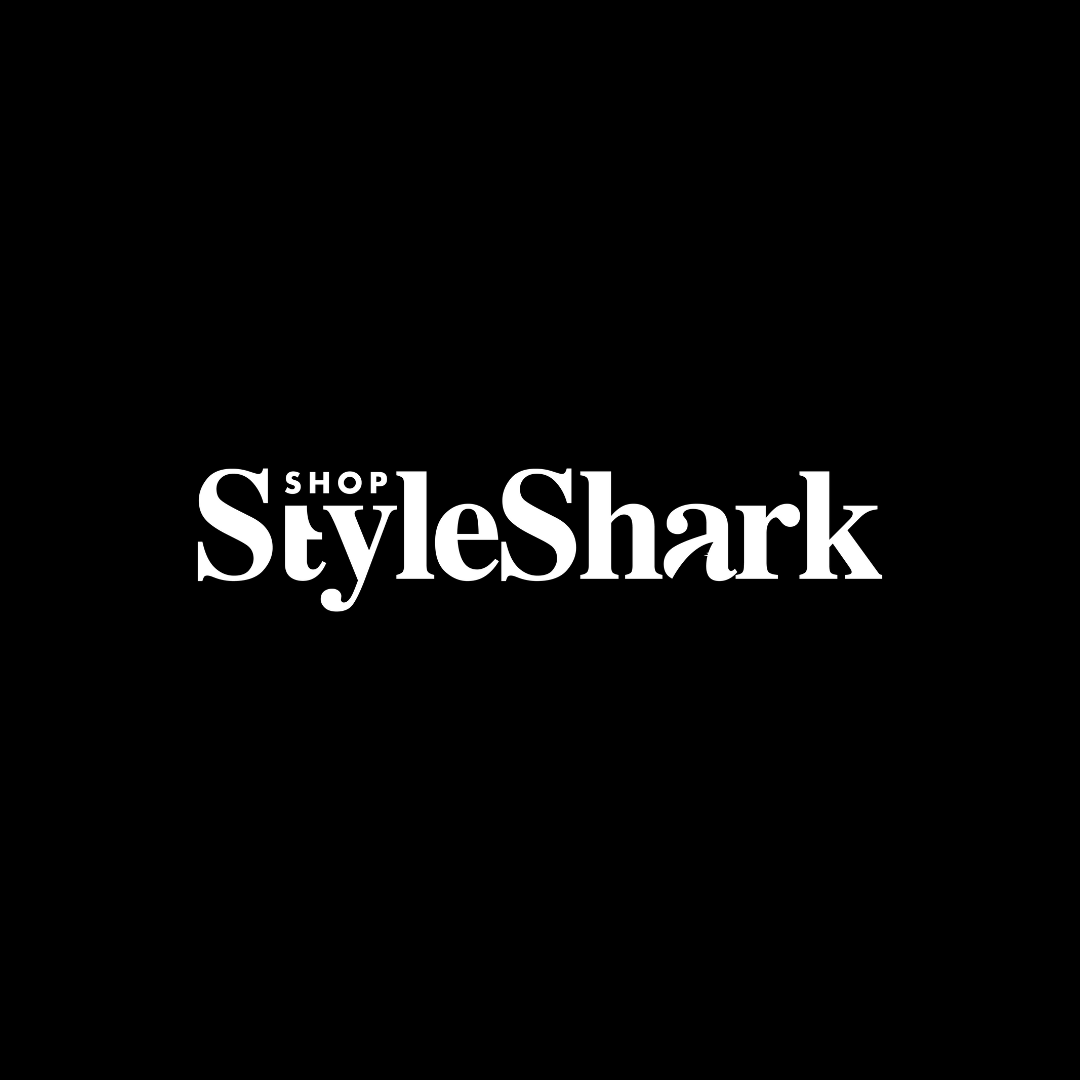
The new year is already underway, and we’ll be seeing some fashion that’s guaranteed to be a huge hit. Apart from celebrities and influencers, getting a sneak peek into what’s trending according to the fashion industry is exciting. Now that inspiration you won’t want to miss!
ReCommerce Fashions
In the wake of an ongoing pandemic, consumers seek economical ways to buy apparel. As more people consider buying used rather than brand new clothes this year, reCommerce is expected to gain much ground.
In a nutshell, reCommerce is online and offline stores that rent, resell or thrift previously owned clothes or used accessories. There are several benefits to buying and selling recycled fashions:
- Sustainability: lower impact on the environment
- Quality: luxury brands at affordable prices
- Nostalgia: throwback fashion typically comes back in style eventually
Over the past three years, secondhand clothing sales grew 21 percent as department store sales fell. The upcoming year is expected to see even more growth in reCommerce. What this means is you might get your hands on that designer bag you’ve always dreamed about, or find another pair of those favorite old shoes you loved.
Sustainable and Ethical Fashion
Like many industries, fashion is no stranger to being criticized for its impact on the environment. Due to everything from the amount of water used to the waste generated, there has been an increased interest in more sustainable clothing options. According to a global fashion search engine, sustainability-related keywords appear in 75 percent more searches.
Some of the sustainable and ethical fashion trends you’ll see showing up more frequently this year include:
- Fair-trade
- Vegan leather
- Organic cotton
- Renewable or recyclable fabrics
Many of these alternatives help preserve natural resources, reduce waste, eliminate unethical working conditions and support animal rights. More prominent brands are starting to transition to more sustainable and ethical fashion. If the environment and similar issues are important to you, then it makes sense to consider your options.
Athleisure Fashion
Customers have been looking up the term “athleisure” more and more on the internet. As a fusion of athletic and leisure styling, activewear is popular because it offers comfort and versatility. In addition, many are also lightweight, breathable and waterproof.
Athleisure isn’t limited to a single type of clothing or shoe. The items are made to look visually appealing, while giving you complete freedom of movement. When looking for this fashion, you’ll find an entire range of choices:
- Yoga pants
- Sweatsuits
- Leggings
- Sneakers
- Tights
- Tank tops
- Shorts
If you’re wondering who’s buying athleisure fashion, you’ll be pleased to know that it varies. It’s suitable for anyone, from gym-goers and fitness enthusiasts to hipsters and casual people. Athleisure fashion is lumped in with the sports apparel industry. However, as you can see, yoga athletes aren’t the only ones raving about it.
Seasonless Fashion
We’re all used to seeing fashions ebb and flow with the changing seasons. Many of our choices are based on the time of the year. From sweater weather to bikini season, you’ll find that you’re often limited to what you can buy or pressured into buying the next best thing. However, the days of it being taboo to wear white in the winter are gone. Something else is leaving as well: season-focused fashion.
A new trend has emerged as several top designer brands move towards doing away with traditional calendars. For example, it was common to see warm clothes promoted in the spring and florals showcased during the winter in recent years. Lastly, climate change has caused more frequent unpredictable weather, which has further pushed a less formulaic approach to collection creation.
Genderless Fashion
The year 2022 seems all about getting rid of things. First, it was newness and then seasons. Now, there’s a new fashion trend that’s genderless. You heard that right! Forget about frilly pink dresses for girls and blue pants for boys. But do your clothes actually have a gender? Has fashion begun to embrace the more inclusive pronouns like they and them?
It may come as a surprise, but genderless fashion was popularized in Japan in the mid-2000s. As a break from gender norms, their apparel didn’t conform to any sex and could be seen as androgenous-like. To a lesser degree, you saw people like Coco Chanel wearing pieces of men’s clothing back in the early 2000s. As a U.S. trend, it hadn’t caught on until now.
Here’s what makes items “unisex”:
- They’re not masculine or feminine
- Specific colors aren’t restricted (Ex. Blue, Boy - Pink, Girl)
- The clothes fit any body type
- Items tend to be oversized, shapeless or form-fitting
Gender-fluid clothing isn’t designed to make things more suitable for transgender, non-binary and similar identities. It’s simply to give you more freedom to dress how you want to regardless of the preconceived notions of how you should dress.

